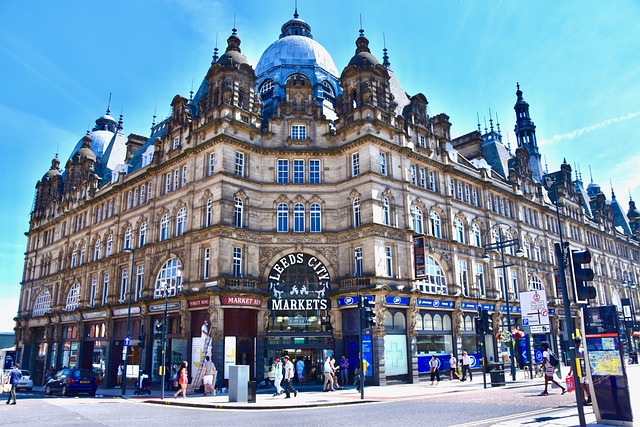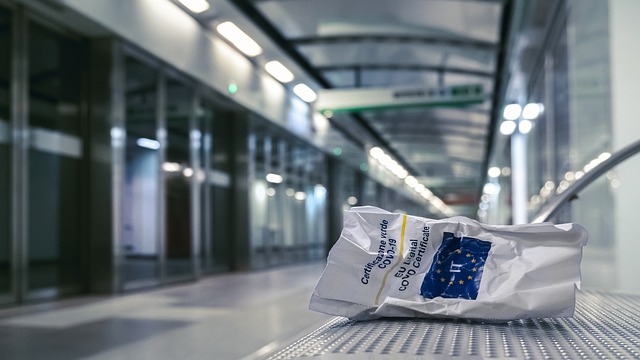In real estate, adopting green building standards is both an environmental responsibility and a smart business move. These standards promote sustainable development through energy efficiency, eco-friendly materials, and resource management. By implementing practices like insulation, renewable energy, and natural lighting optimization, developers create properties with reduced carbon footprints that offer improved indoor environments and enhanced value in a market increasingly demanding eco-conscious spaces. This trend drives innovation, fosters environmental preservation, enhances occupant well-being, and provides long-term cost savings, setting new industry standards for sustainability.
In today’s eco-conscious world, the real estate industry is undergoing a green revolution. Green building standards are no longer niche—they’re becoming the norm, shaping urban landscapes and property values. This article explores the evolving industry standards for green buildings in real estate. We delve into key initiatives pushing sustainable practices, uncover the significant environmental and economic impacts of eco-friendly design, and highlight why embracing these standards is crucial for both developers and consumers alike.
Understanding Green Building Standards in Real Estate

In the dynamic realm of real estate, understanding green building standards is no longer an option but a necessity. These standards, which encompass energy efficiency, sustainable materials, and environmental design principles, are transforming how properties are developed and managed. By embracing these practices, real estate professionals can not only contribute to environmental preservation but also capitalize on growing market demands for eco-friendly spaces.
Green building standards in real estate involve a holistic approach, from initial planning to ongoing maintenance. They include measures such as proper insulation, efficient HVAC systems, the use of renewable energy sources, and the integration of natural lighting and ventilation. Moreover, they promote the selection of environmentally friendly materials, responsible waste management, and water conservation strategies. These practices not only reduce a property’s carbon footprint but also contribute to better indoor air quality and enhanced occupant comfort.
Key Industry Initiatives for Sustainable Properties

The real estate industry has witnessed a significant shift towards embracing green building standards, driven by growing environmental consciousness and consumer demand for sustainable living spaces. Key initiatives leading this movement include organizations like the U.S. Green Building Council (USGBC) and its renowned LEED (Leadership in Energy and Environmental Design) certification program. This program sets benchmarks for energy efficiency, water conservation, material selection, and indoor environmental quality, encouraging developers to design and construct properties that minimize their ecological footprint.
Internationally, the Global Sustainability Standards (GSB) and the Building Research Establishment Environment Assessment Method (BREEAM) have gained traction, offering comprehensive frameworks for evaluating sustainability across all stages of a building’s lifecycle. These initiatives are fostering innovation in materials science, renewable energy integration, and smart design solutions, ultimately shaping a more sustainable real estate landscape where green buildings are not just environmentally responsible but also economically viable.
The Impact and Benefits of Eco-Friendly Design

The adoption of eco-friendly design principles in real estate has far-reaching impacts, both on the environment and on society as a whole. Green buildings are engineered to minimize their ecological footprint, reducing energy consumption and waste generation significantly. This approach leverages natural resources efficiently, incorporating elements like renewable energy sources, sustainable materials, and water conservation systems. The benefits extend beyond environmental preservation; green spaces enhance air quality, promote biodiversity, and contribute to the overall well-being of occupants.
In real estate, eco-friendly design translates into long-term cost savings for owners and tenants. Efficient energy systems lower operational costs, while sustainable materials reduce maintenance requirements. Moreover, these buildings often command higher rental values and property prices due to their appeal to environmentally conscious residents and the potential for government incentives or tax benefits. This trend fosters a healthier planet and drives innovation in construction practices, setting new standards for the industry.






